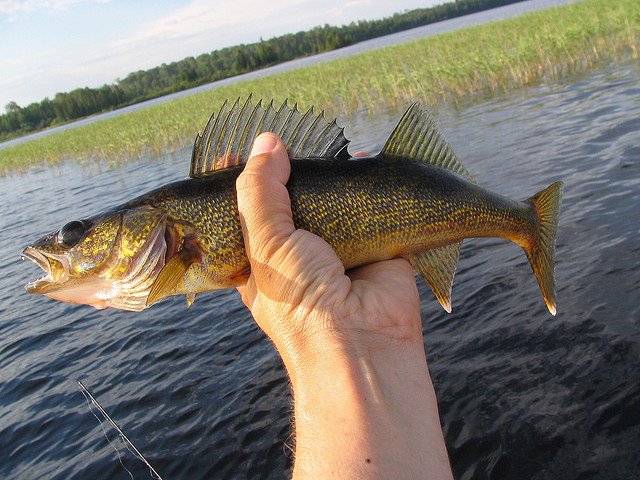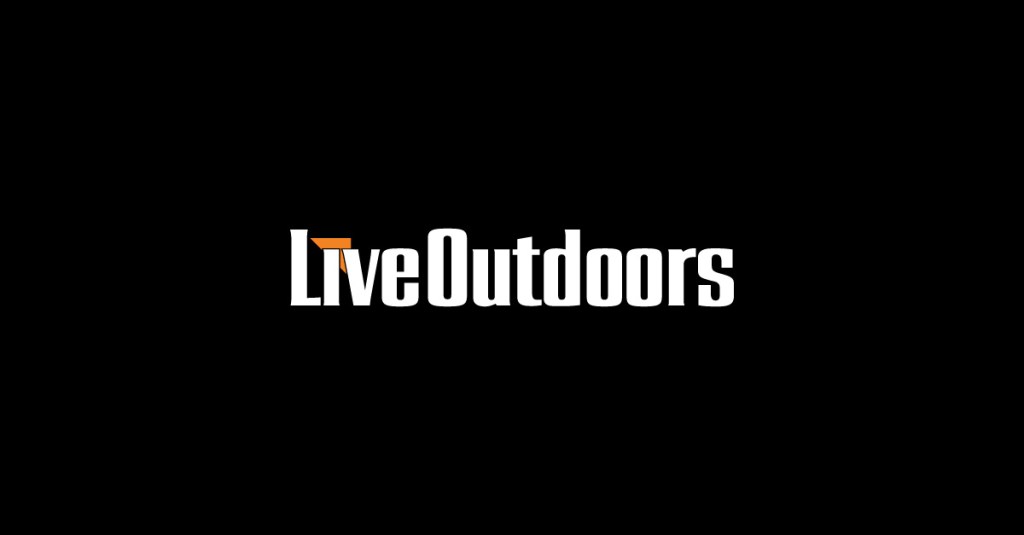
One of the most common pieces of advice anglers hear each summer is to “fish the weedline,” but for many people that advice offers only a confusing puzzle. The plain truth is many novice anglers carry only a limited knowledge of the weedline, which is why finding and understanding it can mean the difference between catching your…








